Psychedelitypes Photo-Lettering catalog
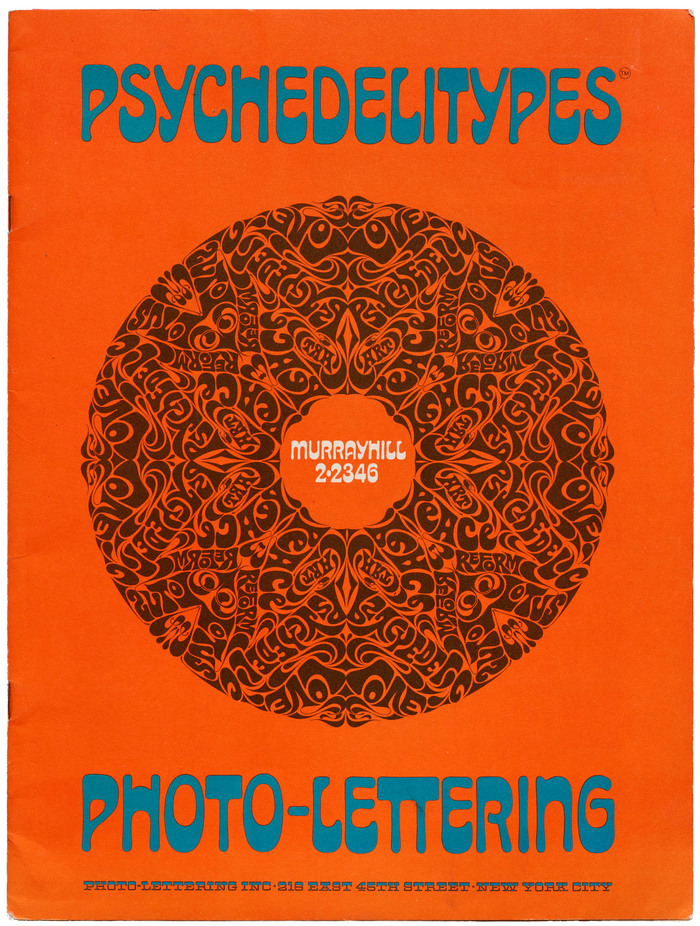
“Murrayhill 2–2346” was Photo-Lettering’s telephone exchange number. The address is set in Top Billing.
In celebration of Ed Benguiat’s 90th birthday (born October 27, 1927), here’s one of my favorites of his designs. The cover doesn’t include his typefaces – the titling face is Dave Davison’s Arabesque – but it does feature a wonderful “Kaleidograph” (see below) of Benguiat’s groovy ’60s lettering.

Fillmore posters by Wes Wilson and Victor Moscoso, 1967. Their lettering was a clear inspiration for the Pyschedelitypes series.
The Pschedelitypes collection is one of many themed brochures published by Photo-Lettering, Inc. (PLINC) in the 1960s and ’70s. This booklet was issued soon after the dawn of the Psychedelia music/art movement, showing new typefaces that capitalize on the lettering styles most famously seen in rock posters by San Francisco artists like Wes Wilson and Victor Moscoso.
Besides the typefaces, Psychedelitypes showcases a variety of far-out effects that PLINC offered to lettering clients, such as swirling and radial pattern fills (Psychemats), distortion lenses, and kaleidoscopic (Kaleidograph) layouts.
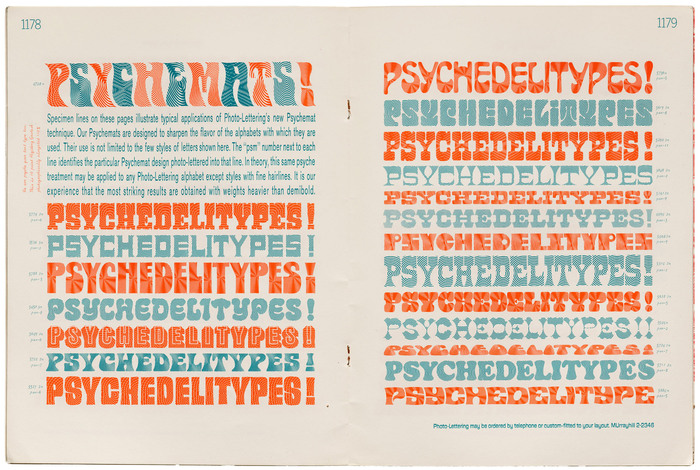
“Specimen lines on these pages illustrate typical applications of Photo-Lettering’s new Psychemat technique.”
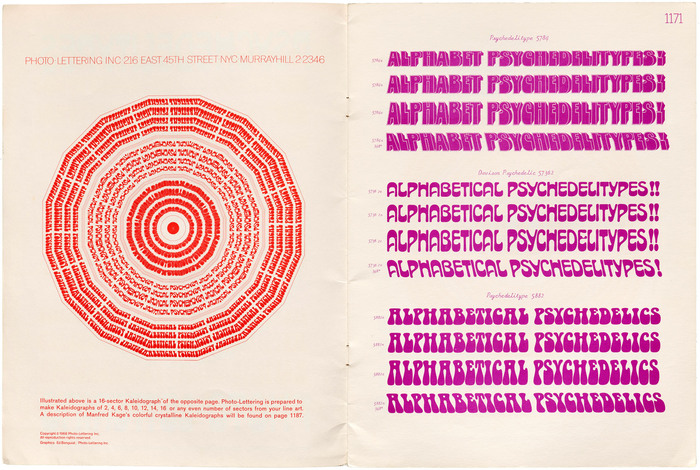
A page demonstrating the “Kaleidograph”, a technique that was likely used for the cover design. On the right are samples of typefaces that would later be known as Village (outline/shadow version), Davison Arabesque, and Scorpio.
The images in this entry were shot by Letterform Archive using their high-fidelity digital capture standards and served here at a reasonable web resolution. For more type samples from Psychedelitypes, see this set of basic scans.
Formats
- Booklets/Pamphlets (1462)
Topics
- Graphic Design (2159)
Designers/Agencies
- Ed Benguiat (1)
Tagged with
- about type design (267)
- type promotion (89)
- 1960s (498)
- repetition (515)
- mirror effects (48)
- type in a circle (340)
- Photo-Lettering, Inc. (2)
- orange (346)
- psychedelic (123)
- type with pattern fill (93)
- phototype (49)
- lettering (370)
- type specimens (97)
- alternating glyph colors (176)
- alternating line colors (81)
- stretched type (291)
- Kaleidograph (1)
Artwork location
- United States (6349)
- New York City (1703)






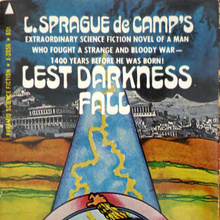



















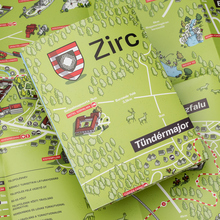










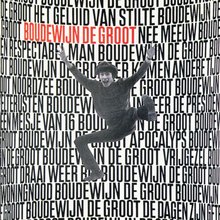

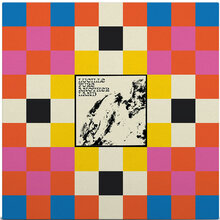




1 Comment on “Psychedelitypes Photo-Lettering catalog”
The inside back cover (not pictured) of this booklet shows “a single color reproduction of one of Manfred Kage’s multi-color crystalline Kaleidographs™ available in the United States from Photo-Lettering. Mr. Kage has developed unique optical apparatus for producing precision color transparencies of chemical crystals in kaleidoscopic patterns. To appreciate fully this dramatic new art you must see the original color transparencies. These may be viewed in our studio, by appointment.”
Manfred P. Kage takes credit for coining the term “Science Art” in the late 1960s. His inventions include the “Polychromator” (1957), a kind of optical synthesizer, and the “Audioskop” (1965), which enabled the visualization of live music in color and was demonstrated at the Expo ’70 in Osaka and during the 1972 Olympics in Munich. From 1967 on, he developed reprographic kaleidoscopes for microphotography and projectors for his multi media installations, and later worked together with Richard Monkhouse and Ludwig Rehberg (who did the sound design for Das Boot and worked with Pink Floyd) on video synthesizers. In the 1970s, Kage used scanning electron microscopes for creating multispectral art. He is still active at the forefront of artistic and professional microphotography. The works of the family-run business KAGE Mikrofotografie appear in magazines, calendars and ads, on record covers and postage stamps.